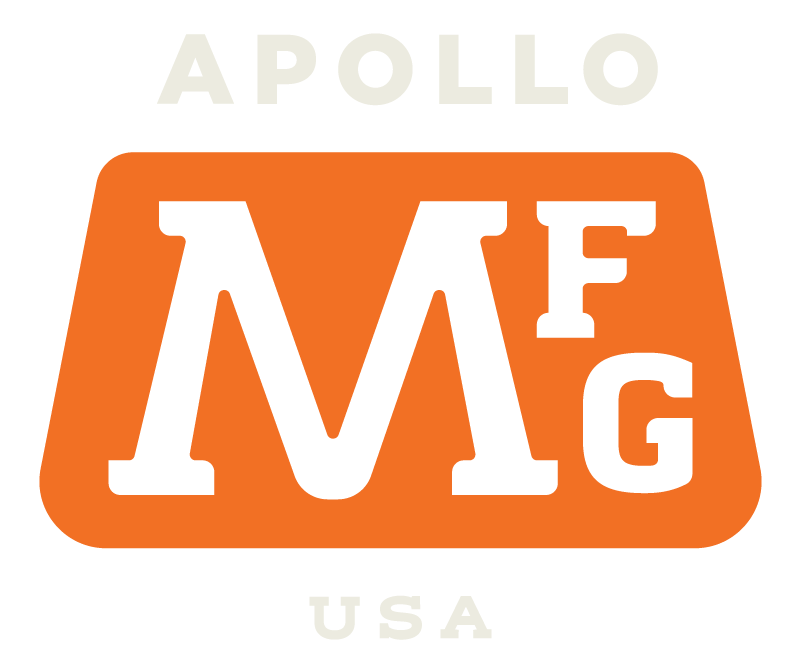- Home
- Laser Marking
Laser Marking
At our shop, we specialize in five main types of laser marking:
1. Annealing
This involves heating the surface of a metal part with a laser beam to create a permanent mark without removing any material. Our machines control the laser’s power and duration, and it’s this heat that causes the oxidation or color changes in the metal. Annealing marks are precise, legible, and resistant to abrasion, making them suitable for applications requiring high durability and readability.
2. Carbon Migration
Carbon migration–also known as carbonization or black marking–is a technique used to create dark, high-contrast marks on certain metals such as stainless steel and various alloys. When the laser beam interacts with the metal surface, it creates a localized heat reaction that causes carbon particles from the base material to migrate to the surface. The result creates a permanent black mark that stands out against the metal background.
3. Coloring Through Annealing
This method produces vibrant, visually appealing marks on metals by utilizing specialized laser parameters and materials. The laser beam selectively heats the coating, causing it to bond with the metal and create a colorful mark. This typically works best with stainless steel, allowing you to have the most vibrant colors. In general, laser marking offers versatility in terms of design possibilities, allowing for the creation of intricate patterns, logos, and even multiple colors on metals.
4. Foaming
Foaming laser marking, also referred to as laser-induced surface swelling, is a unique technique used to create raised marks on certain plastic and metal surfaces. During the process, the laser beam rapidly heats localized areas of the material, causing the surface to expand and form a raised bubble or foam-like structure. The end result leaves a three-dimensional mark that can be felt by touch. Foaming laser marking is often used for decorative purposes or to add texture to buttons, dials, or control panels. It takes marking to a whole new level!
5. Ablation
This method involves the use of a high-energy laser beam to remove material from the surface of a target object. During laser ablation, the energy of the laser vaporizes or sublimates the material, which forces it to be ejected or evaporated from the surface. This process allows for the removal of thin layers or precise patterns without causing damage to the surrounding area. Its ability to remove material with minimal heat-affected zones and high precision makes it a valuable technique in industries where accurate material removal or surface modification is required.





